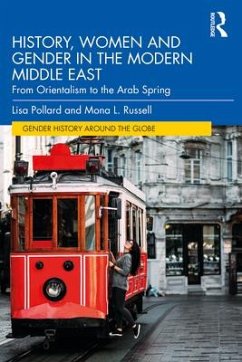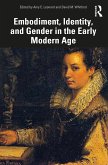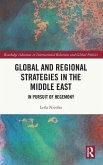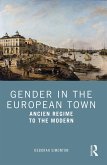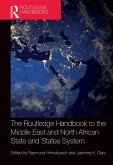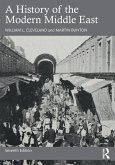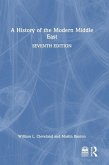This introductory text explores the gendered history of the modern Middle East, from the eighteenth century to the present, studying the various ways in which gender has defined the region and shaped relations in the modern era.
The book captures three aspects of change simultaneously: the events that mark the "modern" Middle East, women's encounters with the transition to modernity and gendered responses to modernity. It contains both new fieldwork and a synthesis of secondary scholarship that highlight the role of gender in the modernization of Egypt, Turkey, Iran, the Levant and the Persian Gulf states. Chapters are organized chronologically to chart the rapid developments of the modern era, but each chapter also stands on its own, with coverage of masculinity and femininity, sexuality, marriage and the family, labor and women's contributions to Arab Spring uprisings. Through this comprehensive account, the book pushes back on stereotypes that the Middle East is an ahistorical region and that women have not been vital actors in the process of change.
Richly illustrated and accessible for a variety of readers, History, Women and Gender in the Modern Middle East is an ideal resource for undergraduate and postgraduate students in gender studies and Middle Eastern history.
The book captures three aspects of change simultaneously: the events that mark the "modern" Middle East, women's encounters with the transition to modernity and gendered responses to modernity. It contains both new fieldwork and a synthesis of secondary scholarship that highlight the role of gender in the modernization of Egypt, Turkey, Iran, the Levant and the Persian Gulf states. Chapters are organized chronologically to chart the rapid developments of the modern era, but each chapter also stands on its own, with coverage of masculinity and femininity, sexuality, marriage and the family, labor and women's contributions to Arab Spring uprisings. Through this comprehensive account, the book pushes back on stereotypes that the Middle East is an ahistorical region and that women have not been vital actors in the process of change.
Richly illustrated and accessible for a variety of readers, History, Women and Gender in the Modern Middle East is an ideal resource for undergraduate and postgraduate students in gender studies and Middle Eastern history.
This book is unrivaled as an undergraduate textbook dealing with the gendered transformations in the Middle East over the last two hundred years. Combining their depth of knowledge and experience of teaching undergraduates and drawing on recent scholarship, the authors provide a lucid, accessible, and judicious introduction to the diverse and dynamic history of women's lives in the modern Middle East. Thematically and geographically wide-ranging, the authors provide insightful and engrossing accounts of the various ways in which women from diverse backgrounds and contexts< ranging from royal women in the Ottoman empire to factory workers in Lebanon to political activists in the Arab Spring, have lived, worked, and contributed to the economic, cultural, and social life of their societies and the multifaceted ways in which women have experienced and negotiated major social and political transformations and upheavals. This is not only an essential book for undergraduate courses but a valuable resource for anyone interested in gender, the modern Middle East, and comparative history.
Nurten Kilic-Schubel, Associate Professor of History, Director of Asian and Middle East Studies Program, Kenyon College, USA
Nurten Kilic-Schubel, Associate Professor of History, Director of Asian and Middle East Studies Program, Kenyon College, USA

